The History of the Smartphone

Perhaps no other device in history has embedded itself in the lives of everyday consumers more than the smartphone. Ask almost anyone to forego their smartphone for a week and chances are that they’ll think you are insane. From chatting on Facebook to checking work email and receiving directions to ordering food, smartphones are used every day for a huge variety of tasks, even more so than a PC at times. But how did it all get started? Today we will take a look at smartphone history, starting from the very early stages to Android and iOS.
The world’s first smartphone
Depending on your definition, the history of the smartwatch can be pinpointed at various stages. As we understand the term today, however, I would wager that the most fitting device for our purposes would be the IBM Simon which was released in 1994. The Simon Personal Communicator was the first device to feature telephone and PDA elements. The term ‘smartphone’ did not actually exist then but few would contest that Simon was, indeed, a smart phone. It was years ahead of its time but its basic premise seems very familiar. Aside from its telephony features, Simon also featured many applications and services including email, calendar, calculator, address book, world time clock, notepad, multiple on-screen keyboards, and even the ability to send and receive faxes.
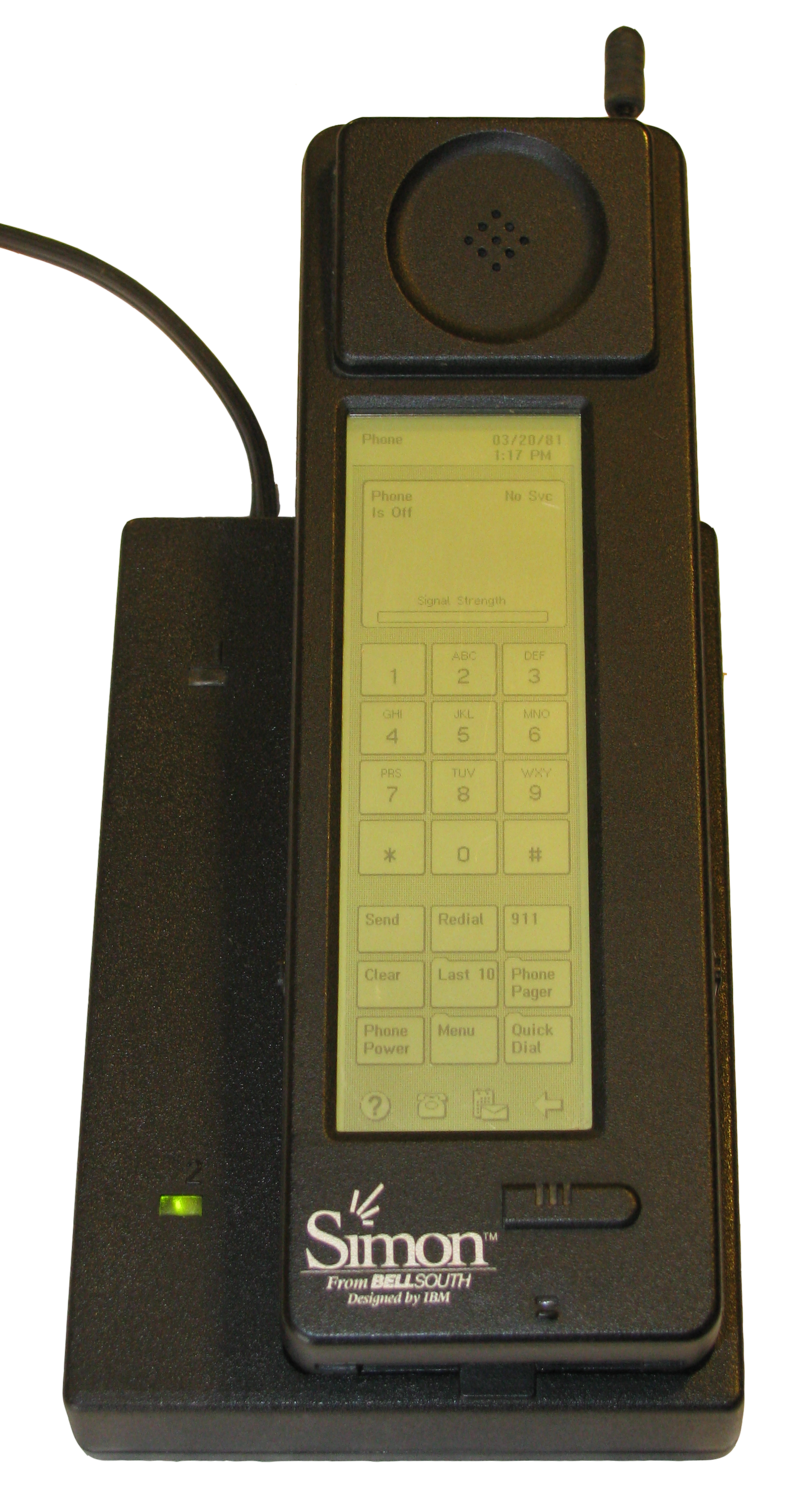
Simon used ROM-DOS, a modified version of MS-DOS designed specifically for embedded systems. The very idea that a mobile phone could offer similar functionality to a computer was virtually unheard of at the time. And even though Simon only sold 50,000 units and lasted for a mere six months on the market, it certainly paved the way.
Ericsson, Nokia, Microsoft, and others
In 1996, Nokia introduced the Nokia 9000 Communicator. Widely considered as one of the first smartphones in the market, it ran on GEOS 3.0 and had some ground breaking applications. It could do everything that Simon could but had even more capabilities including a graphical web browser. The clamshell design that would dominate the market for years to come hid a full QWERTY keyboard. This was long before BlackBerry would immortalize the physical keyboard on mobile devices too.
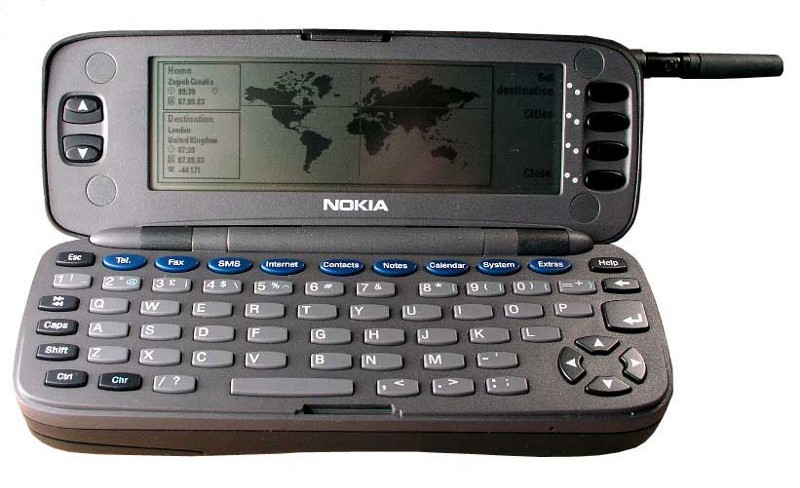
Ericsson was on a similar timeline in regards to in-house development. However, those prototypes were mostly discarded aside from the GS88, which was not released to a wide audience either. Instead, the Ericsson R380 launched in late 1999 was the very first device to be marketed as a ‘smartphone’. It was also the first mobile device to use Symbian OS. That operating system would continue to dominate the market until the very last quarter of 2010.
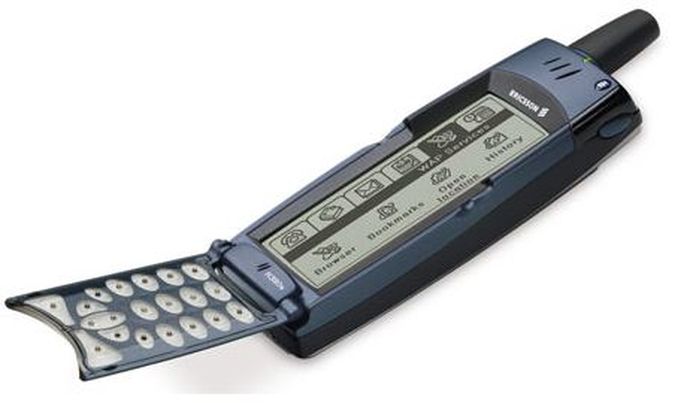
Microsoft had already started dabbling in handheld prototypes as early as 1990. However, the company did not have a clear vision and was mostly interested in porting a version of Windows into mobile devices. This led to the development of Windows Mobile in 2000 though no actual hardware was released until 2002. At the height of its popularity, Windows Mobile actually had the largest market share in the US.
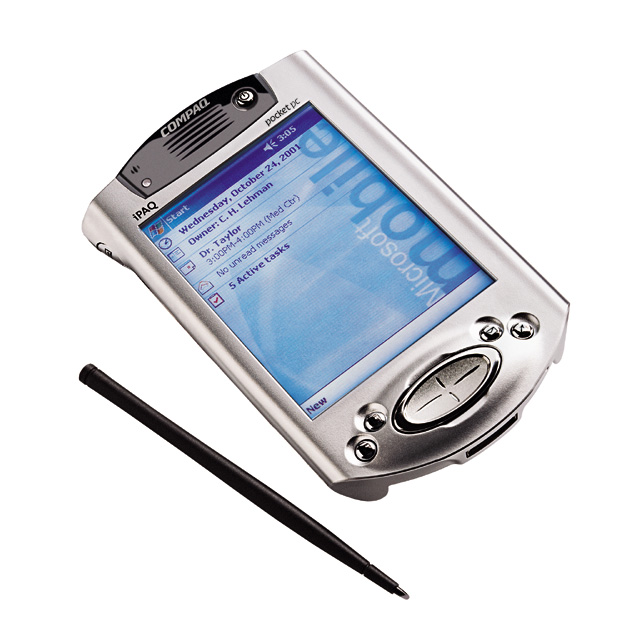
Though these are some of the most important points in the history of the modern smartphone, there were several other companies that contributed in some part as well. Qualcomm’s own PDQ 800 was bulky and riddled with issues but it was still smart and launched in 1998. The Kyocera 6035 was the first smartphone to be tied to Verizon in 2001. Though their effect on everyday users was minimal, such devices heralded the rise of the smartphone market.
Mass adoption, iOS, and Android
The vast majority of those early smartphones did not make as much of a breakthrough as you might think. Very few people were actually interested in purchasing such devices. The very first devices to be massively adopted were developed by NTT DoCoMo in Japan. The phones used a mobile internet service known as i-mode. By the end of 2001, there were more than 40 million subscribers of the service nationwide.
In the US, things moved at a much slower pace. Mobile phones had big physical keyboards and stylus inputs and were mostly used for serious tasks. Overall, they were not a device that the everyday consumer required. They were tools for a job and not for entertainment. BlackBerry was the company to change all that. By 2006, BlackBerry was known as ‘CrackBerry’ in slang, precisely due to its addictiveness.
Even so, most mobile phones were still used by business people. In 2007, the landscape changed completely with the first iPhone. Apple’s device was innovative in many ways. For starters, it was a device aimed at the everyday user. Its touchscreen surface could be navigated with a finger and not a stylus like every other smartphone that came before. The marketing ingenuity of the company sparked the smartphone revolution and was a turning point for the market. The press release, which said that Apple was ‘reinventing the phone’, turned out to be highly accurate.
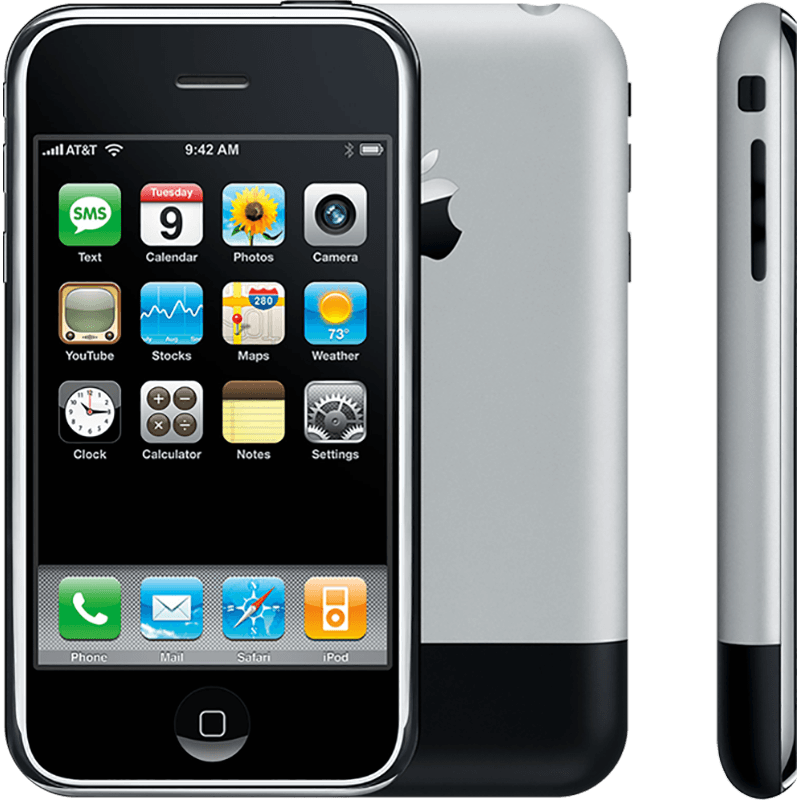
In the meantime, Andy Rubin was developing his own version of a mobile OS called Android. After being purchased by Google, the first Android phone was released in 2008. HTC was the first company to adopt the OS with the HTC Dream or G1 as it was known in the US. Both the iPhone and the HTC Dream were already considered innovative when they launched but few could have actually understood their future impact. Many people criticized the devices and believed they were severely lacking in comparison to existing platforms.
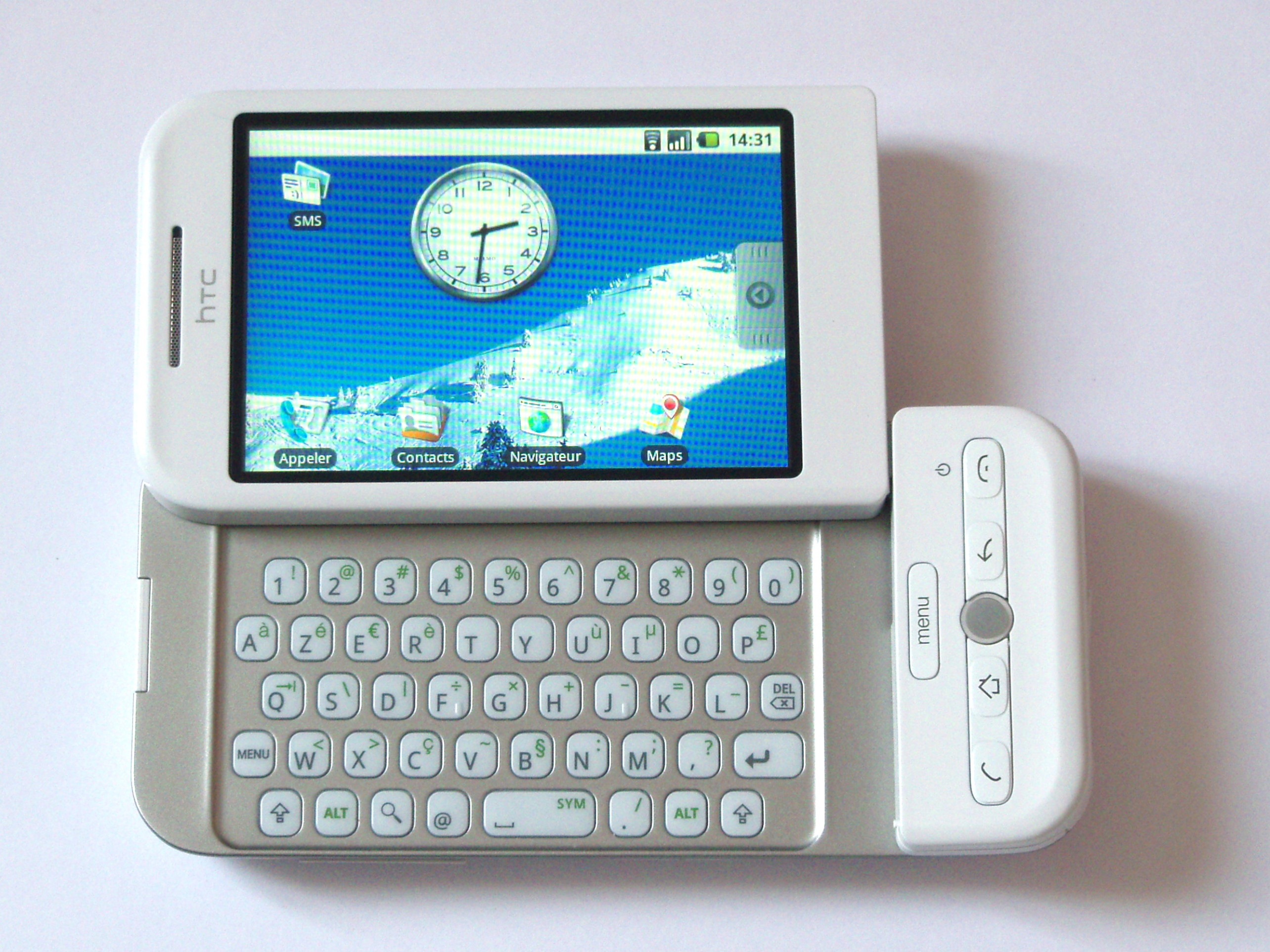
Of course, Google and Apple had other ideas in mind. For starters, Steve Jobs had already understood the appeal of the new kind of smartphone long before he actually presented the device in 2007. After the iconic conference, Apple knew that it had a winner on its hands and it focused its efforts on reproducing that success with similar devices such as the iPod Touch.
On the other hand, Google’s Android had a much slower start. The first couple of years were rocky but there were those who believed that the open nature of the OS would be an advantage in the long term. In 2010, those ideas were justified as Android’s popularity skyrocketed. In the last quarter of 2010, Symbian was dethroned from its leading position in the mobile market share. By the start of 2012, Android officially ruled the smartphone market share worldwide. Even though other companies have tried to entered the fray, such as Nokia and Microsoft with Windows Mobile, iOS and Android continue to dominate the market.
Closing remarks
For anyone who was not old enough to remember life before smartphones, imagining a world without them would be pretty hard. What’s even more staggering is the fact that such devices were largely niche items a mere 10 years ago. The mass adoption of the smartphone is undoubtedly a historical landmark. As we develop better and better technology, a similar event might be upon us sooner rather than later. A close look at smartphone history can reveal similar trends, after all.
Do you think that wearables and other similar devices could one day be as widely adopted as the smartphone? Share your opinion with us in the comments!



